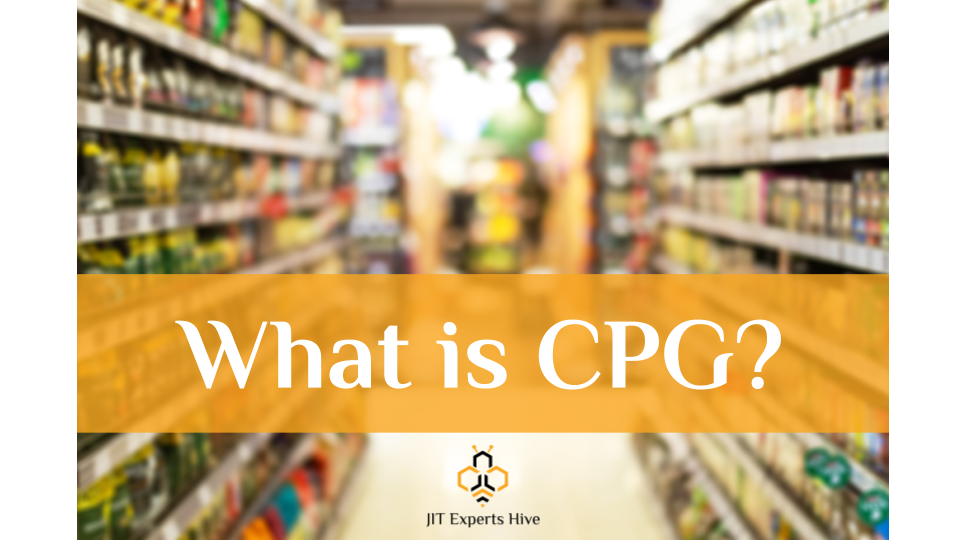Introduction: What’s CPG? or Consumer Packaged Goods?
The consumer packaged goods (CPG) industry is an umbrella term for items that consumers use up and replace frequently. CPG products are usually sold to consumers through retail outlets, both digital and brick-and-mortar. However, more and more brands nowadays can also use their own or hosted digital platforms to sell directly to consumers (DTC). These items are typically consumed and require restocking at varying frequencies. Some CPGs with short shelf life are referred to as Fast-moving Consumer goods (FMCG) because of how quickly they need to be transported and consumed, such as dairy products.
There are many types of consumer packaged goods.
Some examples of recognizable CPGs include:
- Food (flour, pasta, soups, canned products,…) Beverages (coffee, tea, soda,…)
- Household cleaners (laundry detergent, dish soap, window cleaners,..)
- Household papers (paper towels, bath tissues,..)
- Personal care and cosmetics (Lotions and creams )
- Household and kitchen goods (cookware, utensils, plates,..)
- Electronics (small kitchen appliances, chargers,…)
How Big is the industry?
The consumer packaged goods sector in the United States is estimated to be worth $1.7 trillion. With an estimated growth rate of 3.5% yearly in the United States alone.
Is the CPG sector competitive?
The consumer packaged goods sector in the United States is so competitive, and here is why:
- Because shelf space is a finite commodity
- There are a large number of companies operating in the space
- The products are generally commoditized
- There is a large amount of advertising and marketing expenditure by companies in the sector
- There is a high degree of consolidation in the industry
- Private label products have gained share in recent years
- Retailers have become more potent in the distribution channel
Who regulates Consumer Packaged Goods?
The regulation of consumer packaged goods is different in every country. For example, in the United States, different agencies oversee regulating different types of Consumer products. The Food and Drug Administration (FDA)oversees cosmetics, drugs, and 80% of food and beverage. The remaining 20% of food products, primarily meat and eggs, are under USDA (United States Department of Agriculture). The Consumer Product Safety Commission (CPSC) oversees most of the products that are non-food such as toys, stationery, kitchen, and household items. There are also other agencies, such as EPA (Environmental Protection Agency), that have oversight on some consumer products, such as surface sanitizers and disinfectants, flea shampoos, and others.
Depending on the product, the relevant agency regulates CPG companies in the following ways:
- Labeling requirements, e.g., Ingredients, Nutrition Fact Panel, Drug Fact Panel,..
- Adherence to Good Manufacturing Practices (GMPs) and Good warehouse Practices (GWP)s
- Approves new products
- Monitor adverse events and recalls
Bringing your CPG to Market? What to Consider:
There are a million and one things to consider when launching a new product in the marketplace; the high-level and main ones are:
- developing the product
- packaging and labeling
- finding the proper partner/manufacturer (if not made at your manufacturing facility)
- scaling to production
- manufacturing
- distribution
Throughout all these million and one things you need to do, ensure you don’t forget product quality, including safety and regulatory compliance. Remember, product quality and safety is not an add-on. If not already built/designed into your product and package, you can’t add it after the fact. It takes a village and a lot of money to launch a product, so protect your investment and brand by doing it right from the start, so you don’t waste precious time and money. That is one place we don’t want to learn by trial and error!

